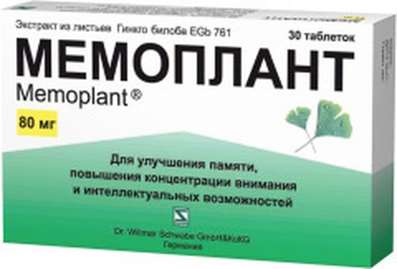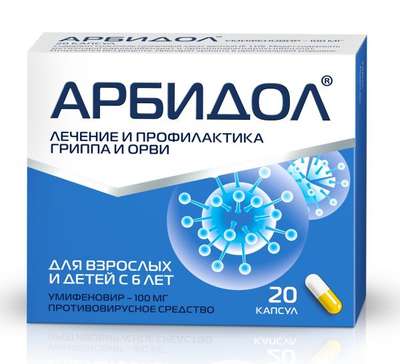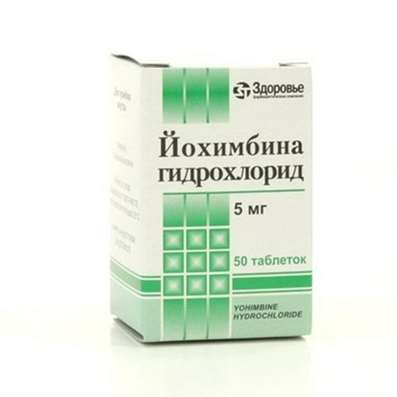Instruction for use: Aspirin
I want this, give me price
Dosage form: tablets
Active substance: Acidum acetylsalicylicum
ATX
B01AC06 Acetylsalicylic acid
Pharmacological groups
NSAID - Salicylic acid derivatives
The nosological classification (ICD-10)
K08.8.0 * Toothache: Dentinal pain; Dentinal pains; Pain pulpitis; Anesthesia in dentistry; Pain syndromes in dental practice; Pain after removal of tartar; Pain when extracting a tooth; Toothache; Pain after dental interventions
M25.5 Pain in the joint: Arthralgia; Pain syndrome in musculo-articular diseases; Pain syndrome in osteoarthritis; Pain syndrome in osteoarthritis; Pain syndrome in acute inflammatory diseases of the musculoskeletal system; Pain syndrome in chronic inflammatory diseases of the musculoskeletal system; Pain in the joints; Soreness of the joints; Soreness of joints in severe physical exertion; Painful inflammatory joint damage; Painful conditions of the musculoskeletal system; Painful joint conditions; Painful traumatic affection of joints; Pain in the musculoskeletal system; Pain in Shoulder Joints; Pain in the joints; Joint pain; Joint pain with injuries; Musculoskeletal pain; Pain with osteoarthritis; Pain in the pathology of the joints; Pain in rheumatoid arthritis; Pain in chronic degenerative bone diseases; Pain in chronic degenerative joint diseases; Bone-joint pain; Joint pain; Arthritic pain of rheumatic origin; Articular pain syndrome; Joint pains; Rheumatic pain
M79.1 Myalgia: Myofascial pain syndromes; Pain syndrome in musculo-articular diseases; Pain syndrome in chronic inflammatory diseases of the musculoskeletal system; Pain in the muscles; Tenderness of muscles; Muscular soreness in severe physical exertion; Painful conditions of the musculoskeletal system; Pain in the musculoskeletal system; Pain in the muscles; Pain at rest; Muscle aches; Muscle pain; Musculoskeletal pain; Myalgia; Muscle pain; Muscle pain at rest; Muscle pain; Muscular pain of non-rheumatic origin; Muscle pain of rheumatic origin; Acute muscle pain; Rheumatic pain; Myofascial syndrome; Fibromyalgia
N94.6 Unspecified Dysmenorrhea: Pain in menstruation; Functional disorders of the menstrual cycle; Functional disorders of the menstrual cycle; Menstrual cramps; Menstruation disorder; Pain during menstruation; Painful irregular menstruation; Algodismenorea; Algomenorea; Pain syndrome with smooth muscle spasms; Pain syndrome with smooth muscle spasms (renal and biliary colic, intestinal spasm, dysmenorrhea); Pain syndrome with spasms of smooth muscles of internal organs (renal and biliary colic, intestinal spasm, dysmenorrhea); Disalgomenorrhea; Dysmenorrhea; Dysmenorrhea (essential) (exfoliative); Menstrual disorder; Menstruation painful; Metrorrhagia; Violation of the menstrual cycle; Menstrual irregularities; Prolactin-dependent disorder of the menstrual cycle; Prolactin-dependent disorder of menstrual function; Pain syndrome with spasms of smooth muscles of internal organs; Spastic dysmenorrhea; Primary disalgomenorrhea
R50.0 Fever with chills: High fever; Heat; Chills; Increased temperature; Hyperthermia; Prolonged febrile state; Feverish syndrome; Increased body temperature; Increased body temperature with infectious and inflammatory diseases; Symptoms of fever; Syndrome febrile; Febrile conditions; Fever; Fever with infectious and inflammatory diseases; Fever with ARVI; Fever for colds; Febrile state; Feverish conditions for influenza; Feverish conditions with infectious-inflammatory diseases; Feverish conditions in infectious diseases and in the postoperative period; Feverish states for colds; Feverish conditions of different genesis; Feverish syndrome on the background of infectious diseases; Feverish syndrome with infectious-inflammatory diseases; Feverish syndrome with colds; Feverish syndrome of various origins; Increased temperature for colds; The raised temperature at cold and infectious-inflammatory diseases; Increased body temperature with colds and other; Elevated body temperature for colds and other infectious and inflammatory diseases; Elevated body temperature for colds and other infectious and inflammatory diseases; Fever in Pregnancy; Fever with thrombocytopenia; Fever reactions with blood transfusion
R51 Headache: pain in the head; cephalgia; Pain in sinusitis; Pain in the neck; Pain headache; Headache vasomotor origin; Headache vasomotor origin; Headache with vasomotor disturbances; Headache; Neurological Headache; Continuous headache
Structure and Composition
Acetylsalicylic acid - 100 mg
Auxiliary substances: cellulose powder - 10 mg; Starch 10 mg
In the blister 10 pcs .; In the box 2 blisters.
Pharmachologic effect
Mode of action - Anti-inflammatory, antipyretic, antiaggregational, analgesic.
Indications for Aspirin
Pain syndrome of different localization (joint, muscle, head, menstrual, toothache);
Feverish conditions.
Contraindications
Absolute:
Conditions accompanied by increased tendency to bleeding;
Previously noted increased sensitivity to salicylates and other NSAID.
Relative:
Aspirin 100 mg should be taken only after consulting a doctor with the following conditions and conditions:
Simultaneous therapy with anticoagulants (coumarin derivatives, heparin);
Insufficiency of glucose-6-phosphate dehydrogenase;
bronchial asthma;
Chronic diseases of the stomach and duodenum;
Impaired renal function;
gout;
diabetes;
pregnancy;
lactation;
Children under 12 years.
Pregnancy and breast-feeding
Since acetylsalicylic acid can pass through the placental barrier and penetrate into the mother's milk, the use of Aspirin 100 mg in lactation and pregnancy, especially in the first and last trimesters, is possible only after consulting a doctor.
Side effects
Allergic reactions (bronchospasm, skin rash).
Pain in the stomach.
Reducing the number of platelets in the blood.
With frequent and prolonged use in rare cases, the development of gastrointestinal bleeding is possible, which is accompanied by persistent abdominal pains, black (tarry) stools, general weakness, anemia. When such symptoms appear, it is recommended to stop taking the drug and immediately consult a doctor.
Interaction
With the simultaneous appointment of aspirin with anticoagulants (coumarin derivatives, heparin), the risk of gastrointestinal bleeding increases.
Aspirin can potentiate the undesirable side effects of corticosteroids, other NSAID, hypoglycemic (sulfonamides) and antitumor drugs (methotrexate) drugs.
Dosing and Administration
Inside. Adult single dose - 100 mg, the recommended daily dose - 300 mg (3 tablets a day). Aspirin 100 mg should be taken after meals, with plenty of water. The course of treatment should not exceed 7-10 days in the absence of undesirable side effects. Longer therapy requires consultation of the attending physician. Assigning Aspirin 100 mg to children is possible only after consulting a doctor, taking into account the possible risk of developing Reye's syndrome - a very rare, life-threatening condition, accompanied by the development of encephalopathy and fatty liver degeneration. Recommended doses for children: from 2 to 3 years - 100 mg / day (1 table), from 4 to 6 years - 200 mg / day (2 tablets), from 7 to 9 years - 300 mg / day (3 tables.).
Overdose
The main symptoms that can occur with an overdose of aspirin (more than 3000 mg): dizziness, tinnitus.
Special instructions
In cases where the daily dose exceeds 300 mg, it is recommended to use drugs: Aspirin-C, containing 400 mg of acetylsalicylic acid, or Aspirin 500 mg.
Storage conditions of the drug Aspirin
In a dry, dark place.
Keep out of the reach of children.
The shelf life of the drug Aspirin
5 years.
Do not use beyond the expiration date printed on the package.

 Cart
Cart





